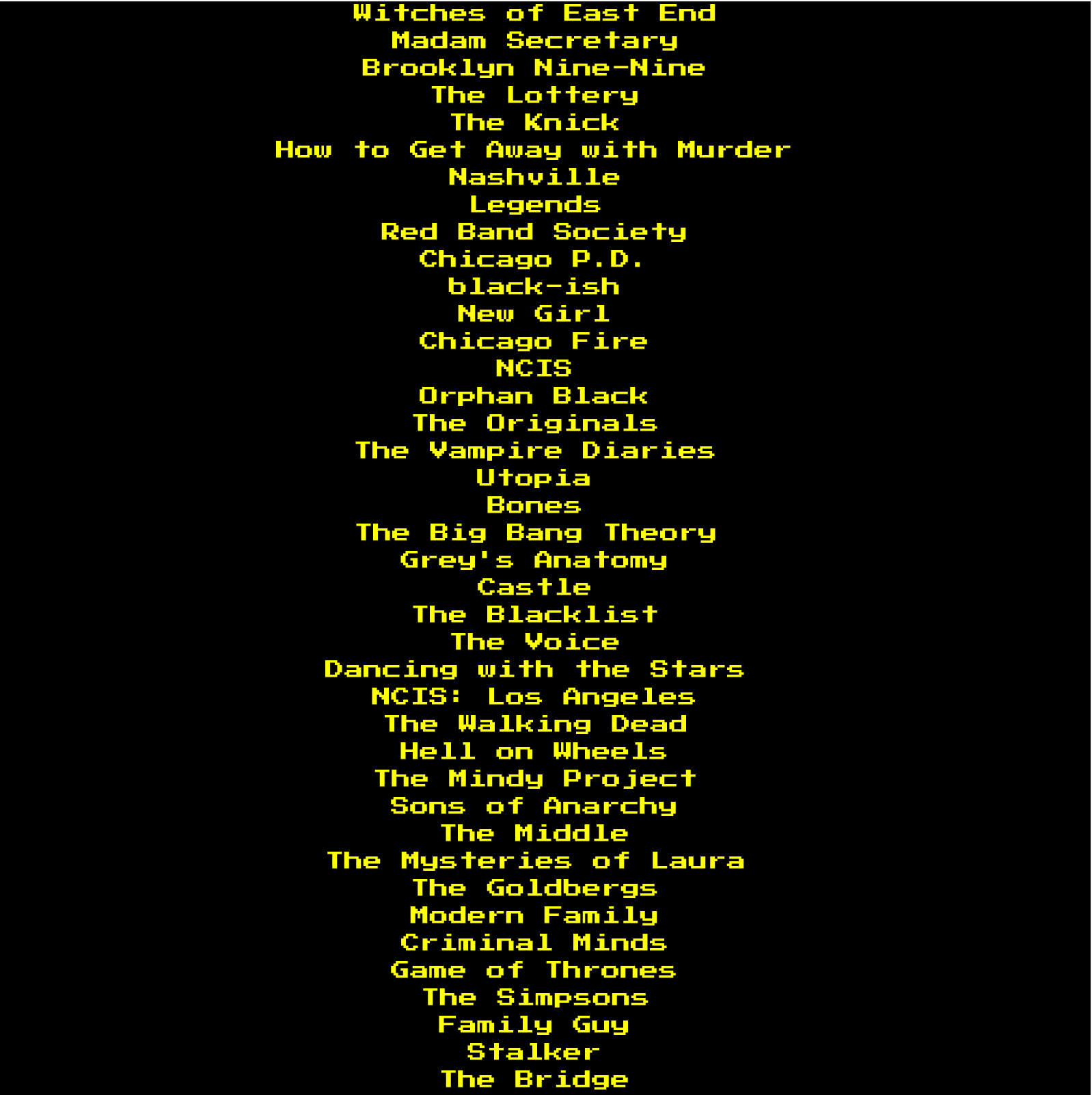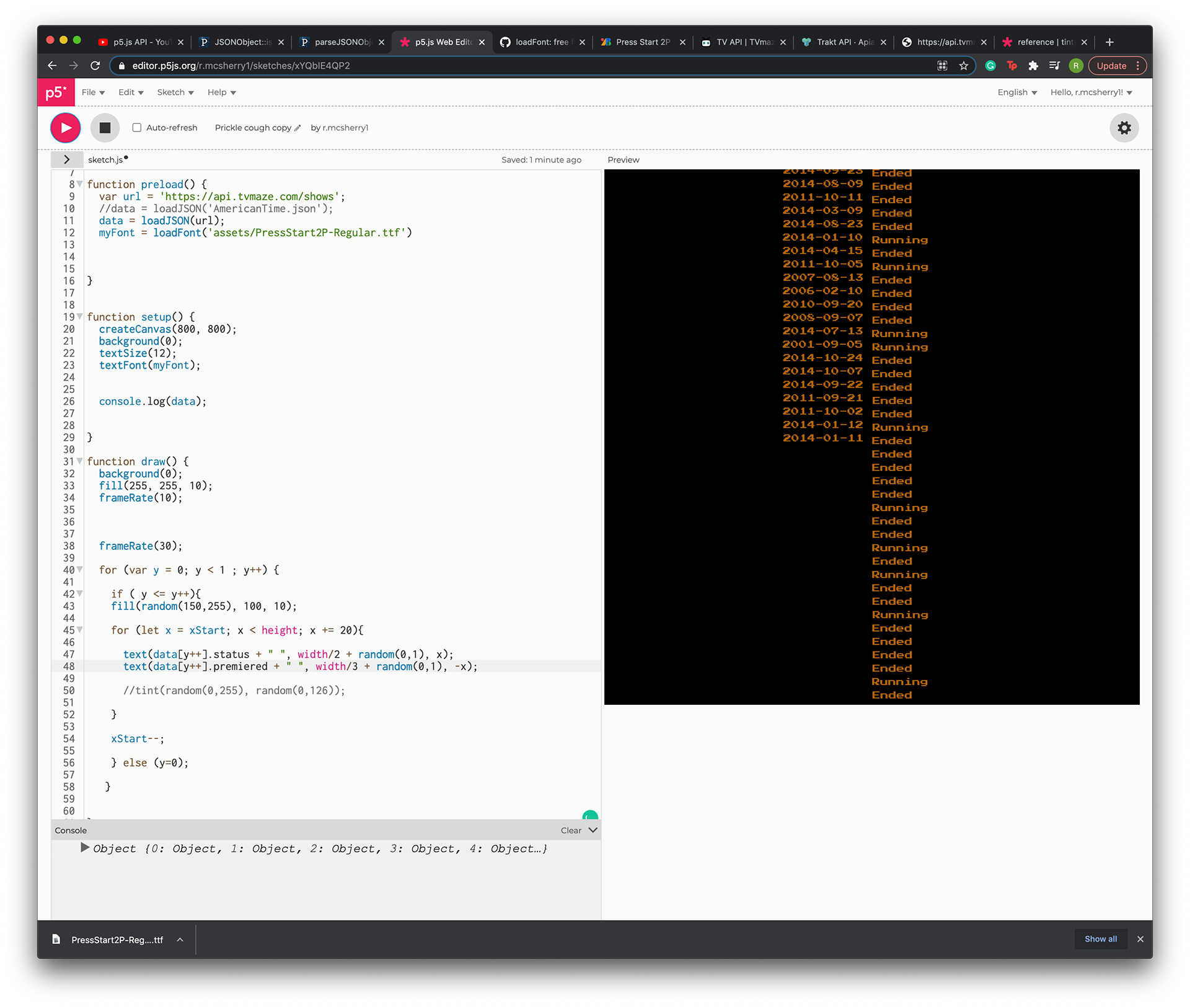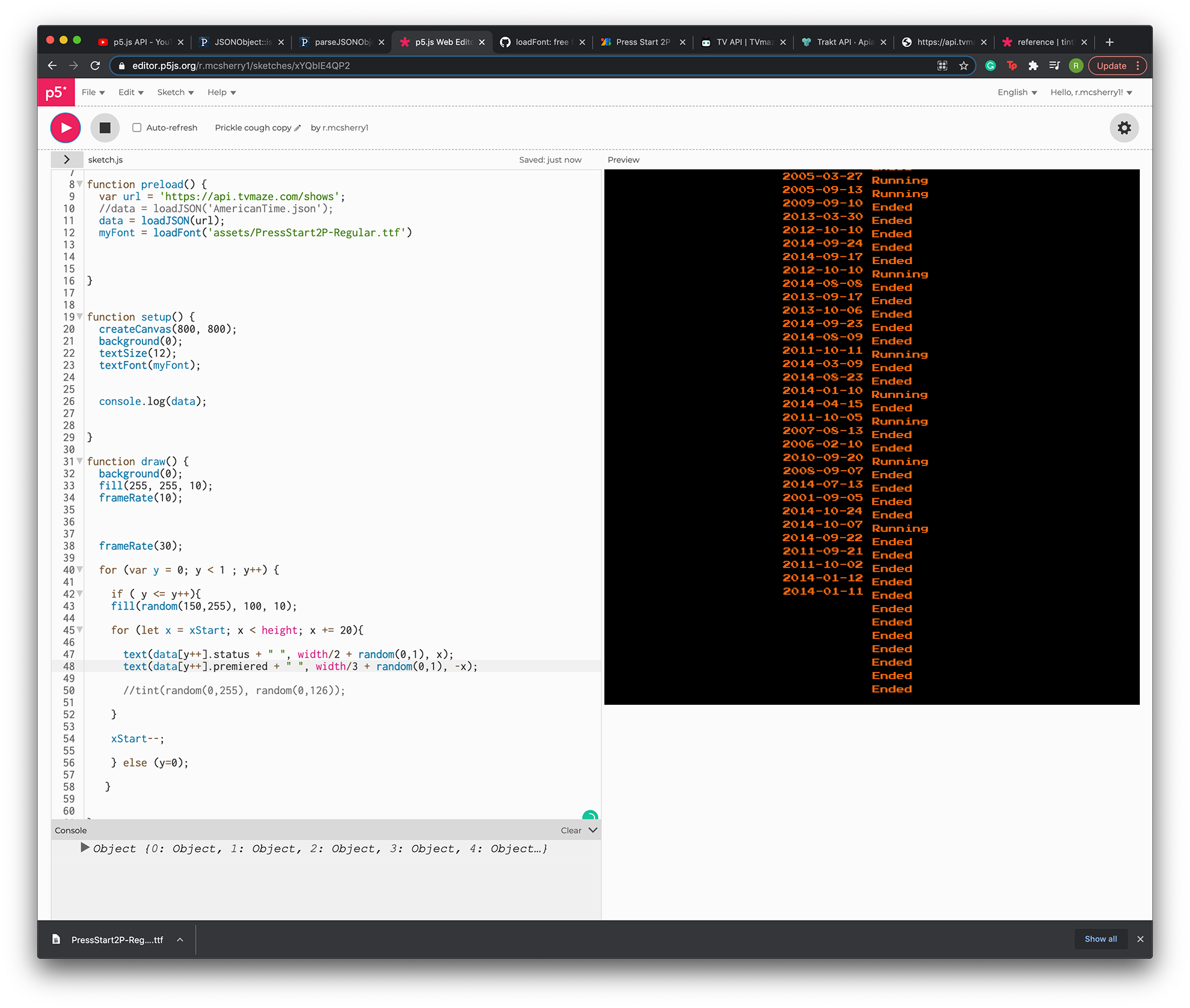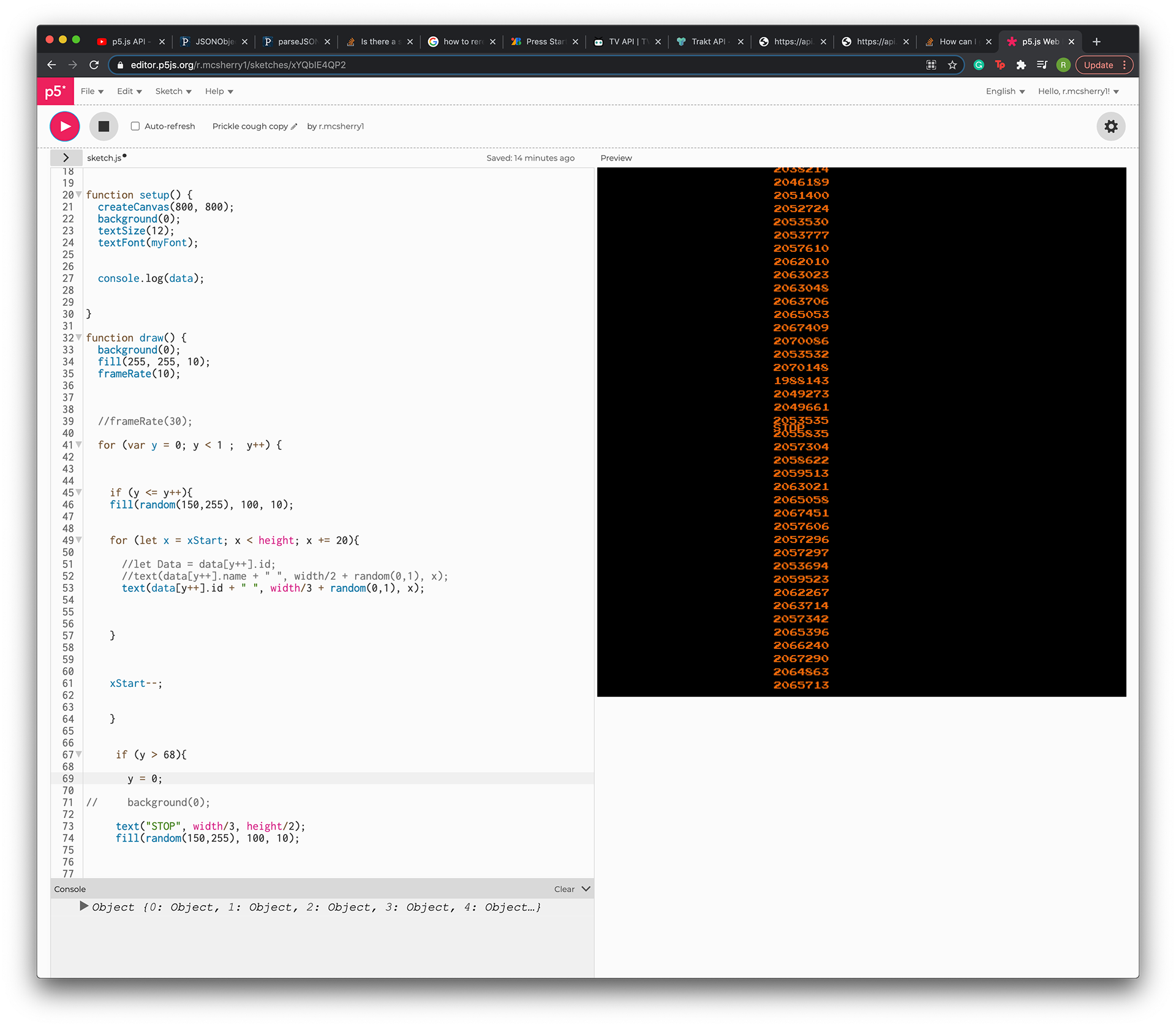NOVEMBER
I revisited some previous work as I thought it would be a good starting point to revisiting Arduino and Tactile UI. I had some major changes to make as I had taken the control panel apart to use the Arduino for a different project. I had also blown the LEDs on a couple buttons (whoops).



After some brief messing around with the soldering wand and some code I realised I wanted to distance myself from previous projects. Although my ideas now are similarly aligned I had completely this section of work and wanted some newer workflows to happen. It is interesting though to note the relationship of tactile technology with the interfaces they communicate to. Their relationship with one another in film is vastly different than that of real life and it's almost became a bit of a pop culture joke of sorts these user interfaces that contain information that no human being could ever actually understand. its sole purpose is to look good and act as a enhancement to the scene.
Sci-Fi Interfaces is a blog ran by Christopher Nossel where he dismantles and analysis these screens of the big screen. He is funny and honest in his approach of critiquing these tech decor pieces but also super informative. He discusses how important these are to the narrative of the film and when it comes to films like 2001 and Blade Runner they play a vital part in our story.
For me I have always been fascinated by the use of design in Alien. The old CRT monitors are such a crucial touch into making something so believable and aesthetically harmonious with its industrial surroundings of the spacecraft.
I began to consider what was so interesting about these visuals and the complexity of what they display. We see fast scrolls of numbers and are to assume it makes sense to someone. They are formatted in a way that seem user unfriendly and maybe it's to give us a sense of how advanced this technology is though i don't think it is. I think its more likely to replicate code running in the background or just to look cool really.
However it is still really interesting when we hone in on these screens and try and decipher them ourselves and it comes back to our initial question at hand.
WHAT IS THE INFORMATION AND WHO IS MEANT TO UNDERSTAND IT?
These screens are sole purpose is to sell us as viewers. As I've said previously sci-fi is the creation of something fantastic and beyond our knowledge of our world with parallels we see daily. Its purpose is to consider the big questions and to delve into humanities understanding of life. So these screens are just a small part in believing.
So I moved on with my ideas and began considering a data visualisation piece. I thought about what this data means and how it is pointless to us as viewers and a passive experience - and I considered what kind of data I wished to use.
I began using data sets and APIs from television and film based sets as it seemed like a start point.
I thought maybe there was something harmonious about that with the context of where the idea originated.





After contemplating it for a while I realised I wasn't to keen and the data seemed a bit too trivial to have any weight to it.
So I considered an alternative. I thought about using a data set with severe weight to it and display it in a way it doesn't really make sense to anyone. It removes the idea from the humorous approach I was considering but it seemed fitting having something so important displayed on something so small and insignificant.
REVISION - FEBURARY
This piece of work ended up in the back of my mind tucked away for a long while - I'd almost forgotten about it all together. I think at the time of making it I was very unsure of what I wanted to achieve and was still in and exploration frame of mind when it came to my workflow. I decided to pick it up again and conclude it as I was now more in tune with my ideas and my intent to manipulate film and data into something cinematically altered.
Here is the p5 sketch.